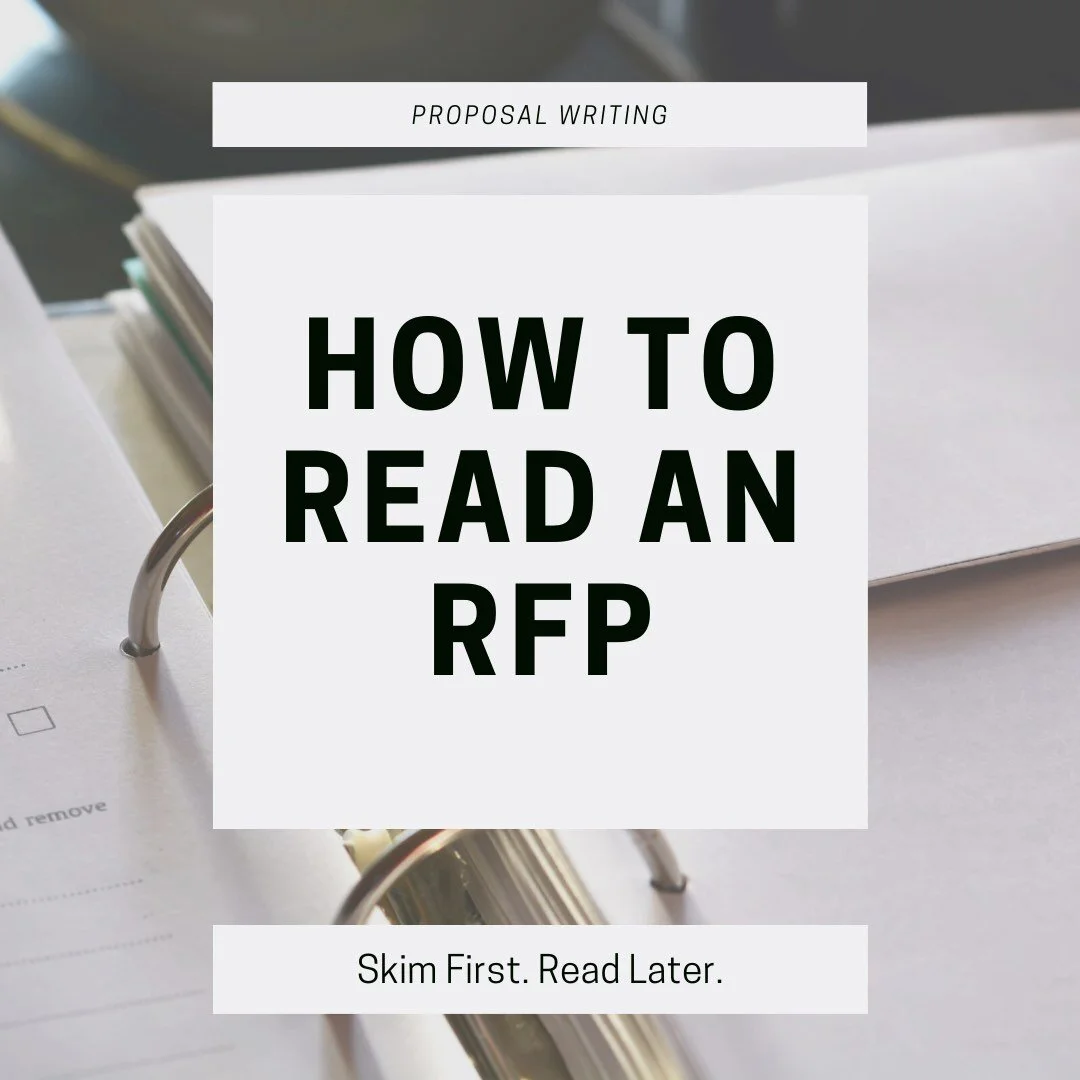Responding to RFPs allows your business to hit a new level. Before you start spending all of your time and resources responding to RFPs, take these steps to prepare and you’ll see better results.
Read MoreIf you’re working in the B2B space, you likely have heard “Send us a proposal to review”. Not all businesses send proposals regularly, and it can be intimidating and overwhelming when you’re asked to do so. Learn steps you can take to best prepare your proposal.
Creating winning proposals is the top of every B2B companies’ list of goals. No matter your content development approach, if you’re ready to create proposals that customers want to read, then it’s time to start reviewing your content when you create your most high priority and strategic proposals.
With a little preparation and detailed note taking, you can use your sales calls to create tailored and compelling proposals for even the most skeptical clients. Maximize your meeting times with these tips for your next sales meeting.
Read MoreIf you’re in the B2B space, you will have to submit a proposal as your company grows. Once you start pursuing larger opportunities, you will increasingly be expected to respond to competitive RFPs released by procurement committees. Read more to learn how your approach will evolve.
Stop providing text heavy documents in your proposal submissions. When creating a proposal for a potential client, you will likely focus your attention on two main areas: pricing and content. Read more on how to highlight these key focuses and more.
When submitting a proposal in response to an RFP, the biggest question everyone asks is “how do I know who else is bidding and what they’re proposing?” Read more to learn a few of our favorite tips for leveling the competition.
The top question for many companies when creating proposals is how to increase the win rate. Read this post to understand RFP win rates and how you can improve your chances at winning.
Read MoreIf you’ve ever read a business proposal (or any business document), you’ve likely been greeted by a dry, no-nonsense document that you dreaded reading. When submitting a proposal to a potential client, the last emotion you want them to experience when looking at your proposal is dread.
Read MoreIf you’ve ever read a business proposal (or any business document), you’ve likely been greeted by a dry, no-nonsense document that you dreaded reading. When submitting a proposal to a potential client, the last emotion you want them to experience when looking at your proposal is dread.
Read MoreIf you’ve ever read a business proposal (or any business document), you’ve likely been greeted by a dry, no-nonsense document that you dreaded reading. When submitting a proposal to a potential client, the last emotion you want them to experience when looking at your proposal is dread.
Read MoreUnderstanding the RFP process as a seller is critical to your success. Each phase of the RFP process provides an opportunity to connect with the customer and position your company to win the contract. By developing an approach for each phase of the RFP process, you will see your RFP win rates increase and your business grow.
Read MoreUnderstanding an RFI vs RFP is critical to creating a sound proposal strategy. Learn about the difference between the two and how to change your approach.
Read MoreWhether you’re an expert with RFPs or this is your first time reviewing one, opening up that document can be overwhelming. Many RFPs are lengthy, filled with requirements, and structured in a way that makes it difficult to find exactly what you need. Thankfully, there is a way to make skimming an RFP easier so you can quickly find the important information and determine if responding makes sense for your company.
Read MoreScoring RFPs before you spend time and resources responding can help you determine if you’re likely to win and the best strategy for approaching your response.
Read More














